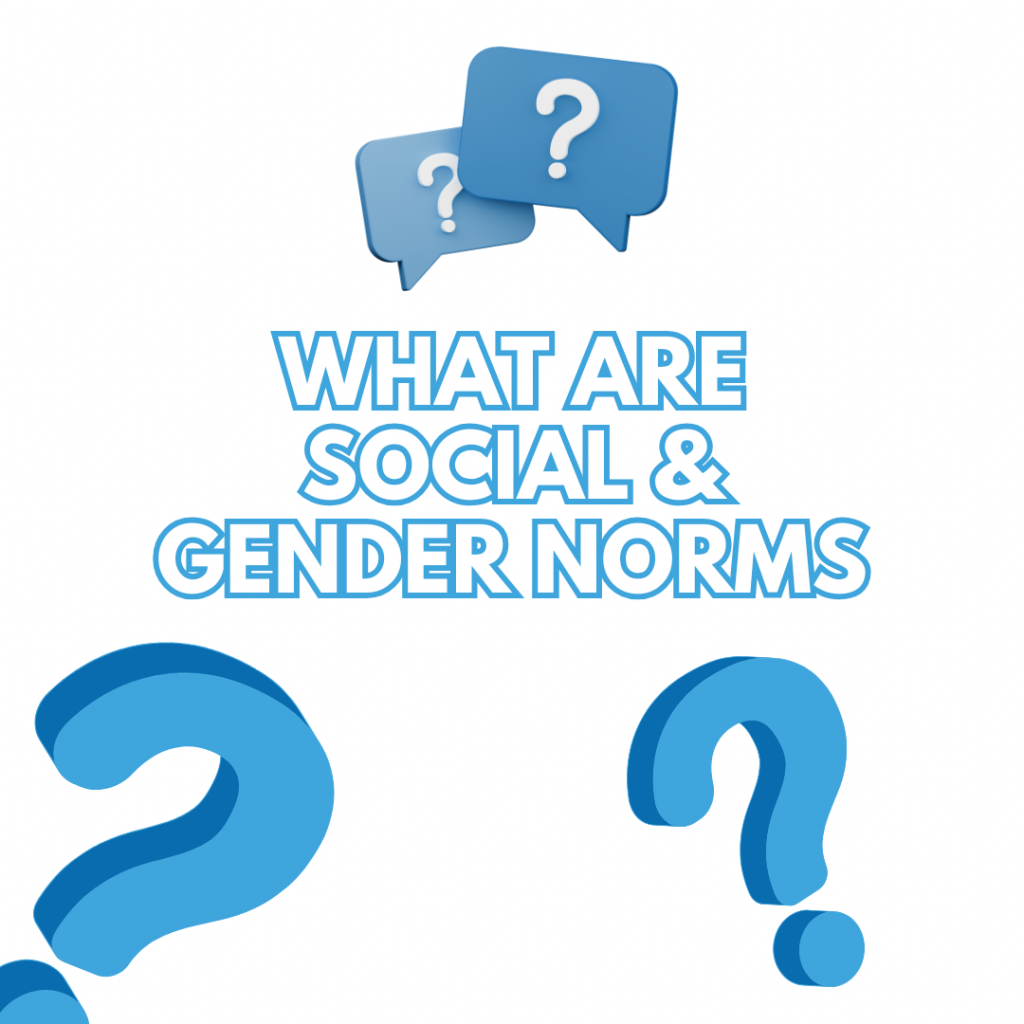
By: Michelle Makena
Have you ever wondered why we instinctively avoid talking loudly in crowded spaces? Or why we feel an unspoken pressure to dress a certain way when going to a party? Welcome to the fascinating world of social norms: those unwritten rules that govern our everyday interactions and shape our perceptions. While they may be invisible, their impact on our lives is anything but subtle.
In this blog post, we’ll dive deep into the fascinating world of social norms, exploring how they develop, their impact on society, and how understanding them can enhance our daily life.
Social norms are like the hidden settings on our internal compass. They guide us on how to behave, who to befriend, what to say, and sometimes, even what to believe. And most of the time, we follow them without even realizing it. They’re deeply rooted in culture, family traditions, religion, and the communities we grow up in. But there’s a twist, these norms are not fixed. They evolve, and as they do, they reshape our choices and the paths we feel allowed to take.
Take gender norms, for instance. Gender socialization starts in early childhood when boys and girls are treated differently and given gender-specific toys and messages (e.g. boys don’t cry and girls must behave ‘lady-like’). In Kilifi County, for instance, young girls are often expected to take on household chores while their brothers are encouraged to spend time outside or attend religious instruction, reinforcing early expectations around domestic roles and male leadership. These are shared ideas about what men and women should do. They exist in almost every society and show up in the roles we expect people to play. In one place, girls may be encouraged to dream big and run for class president, while in another, they may be expected to stay home and prepare for marriage. These roles vary across cultures, but the effect is often the same: when the expectations are rigid, they quietly limit opportunities, especially for women and girls. A woman who is expected only to raise children and manage a home might never be encouraged to pursue a career, travel alone, or take leadership roles. It’s not always said out loud, but the message is clear and powerful.
Sometimes, a person’s belief can directly clash with the social norm around them. Picture a young married woman who believes it’s best to finish her education before starting a family. That’s her personal belief. But despite what she wants for herself, she may avoid using birth control because her in-laws expect her to have a child right away. That’s the weight of social norms in action; strong enough to override private intention.
This is an important one. Perhaps it can come just before, the passage, “Despite all this…”)
But why are these norms so powerful? Part of it lies in the human need to belong. We’re social creatures. We look to each other to know how to act especially when things are new or uncertain. When everyone around us is doing something a certain way, it feels risky to do anything different. It’s not just about personal comfort it’s about avoiding judgment, staying accepted, keeping our place in the group. Even when we don’t fully agree, we follow along. Because that’s easier than standing out.
Sometimes we follow norms because we gain something in return. That could be praise, admiration, or just the feeling of doing the “right” thing in the eyes of others. And if we don’t follow them? The consequences can feel steep. Disapproval, exclusion, gossip or even punishment. It’s a complex system of reward and enforcement that keeps norms in place, even when they’re harmful or outdated.
Social norms and gender norms don’t exist in silos, they support each other. When boys are told to be tough and avoid showing emotion, and girls are taught to be gentle and self-sacrificing, those aren’t just individual ideas; they are the result of a system of expectations passed down and reinforced daily. Changing gender norms means dealing with the social ones too. When we shift one, we often shift the other. And this shifting will not happen overnight!
Despite all this, change is possible. In fact, it’s happening all around us, often led by people who care deeply about their communities. Programs that truly listen to local voices and work alongside them can help shift what’s “normal.” They do this by engaging trusted leaders, tapping into peer networks, and using the power of stories, songs, media, and even religious teachings to inspire healthier, more inclusive behaviors.
A great example of this kind of community-driven work is happening right now in Kilifi County, Kenya. Faith to Action Network has launched a project specifically aimed at tackling harmful gender norms that contribute to teenage pregnancy. The project is not just talking to girls about their futures, it’s involving boys, parents, teachers, and faith leaders too. Because changing the rules means rewriting the whole script. By engaging the wider community, and especially trusted voices like religious leaders, the project is helping to shift how people think about responsibility, respect, and opportunity.
Social norms may be invisible, but our actions make them visible. And when we decide to change them for the better, we’re not just shaping individual futures, we are shaping a more just, inclusive world for everyone.



